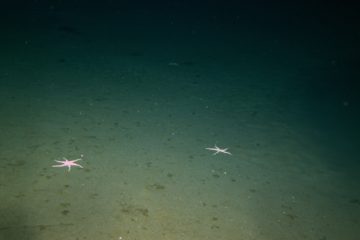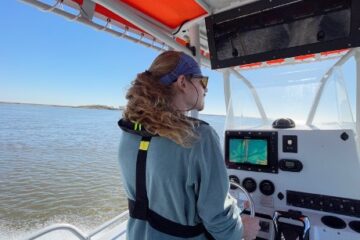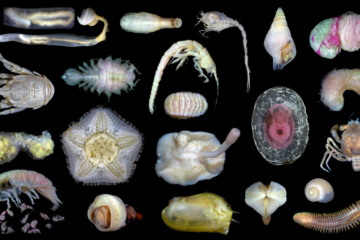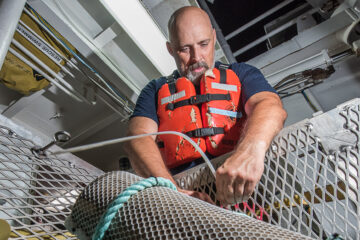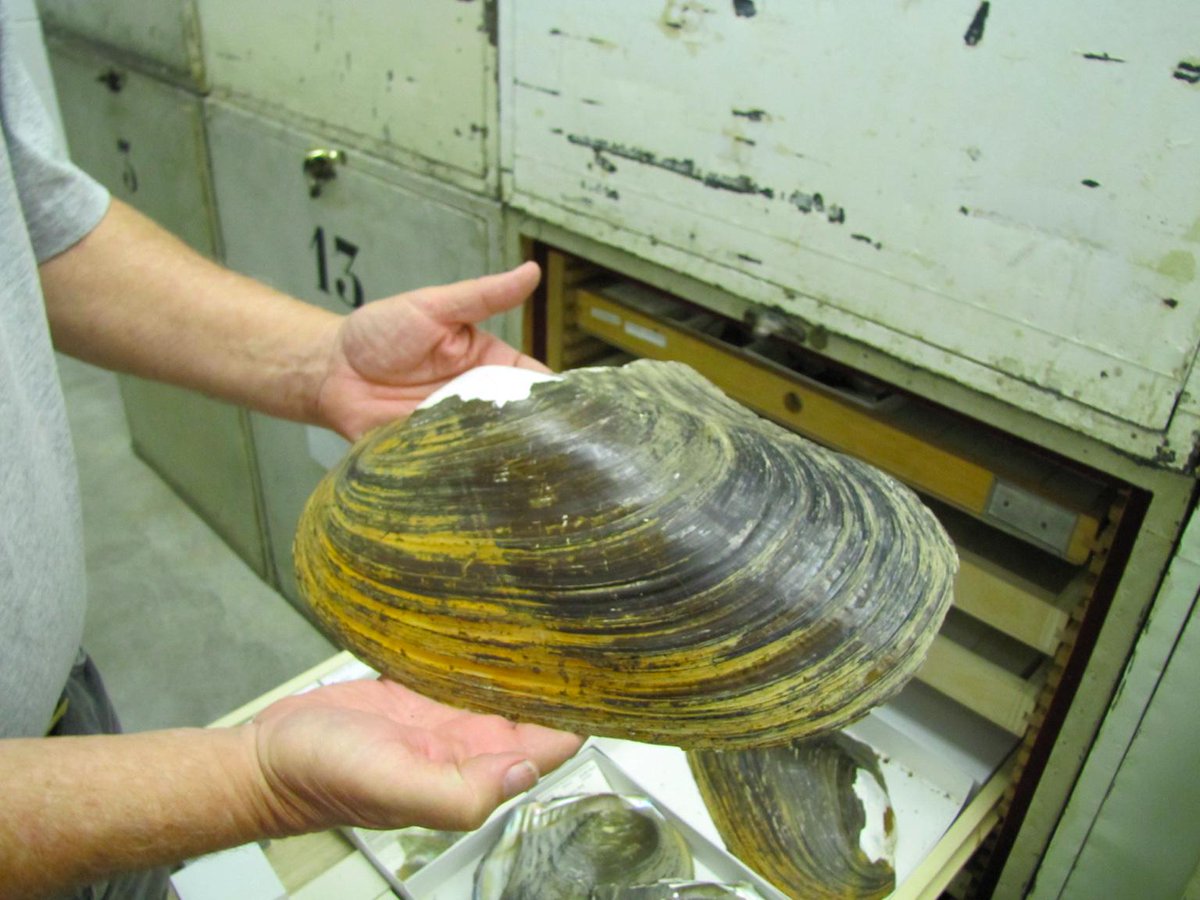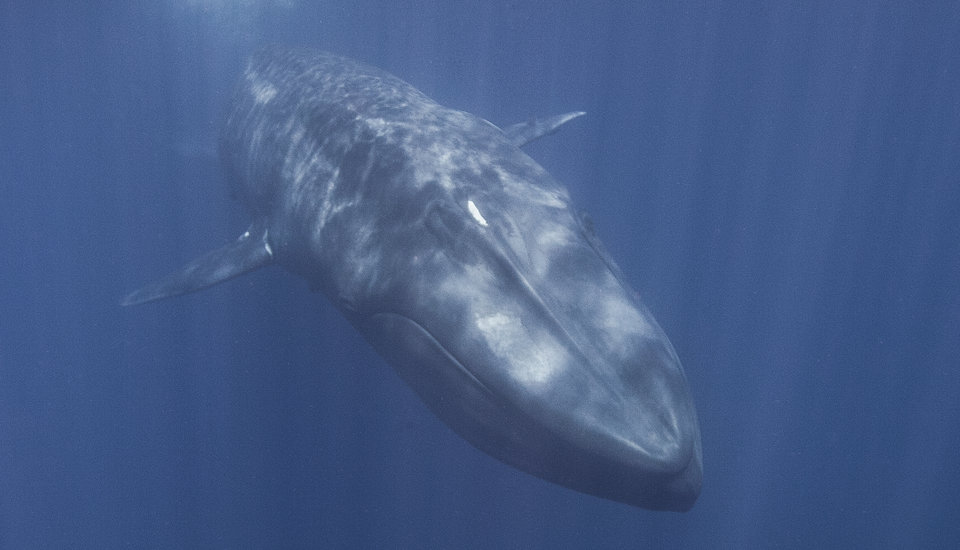Graduate Student Opportunities in the McClain Lab
Ph.D. Student to research the Macroecology of Body Size Are you a dedicated and innovative researcher looking to contribute to a groundbreaking project that will reshape our understanding of marine ecosystems? I am seeking a motivated graduate student to join a collaborative team focused on the study of body size Read more…
